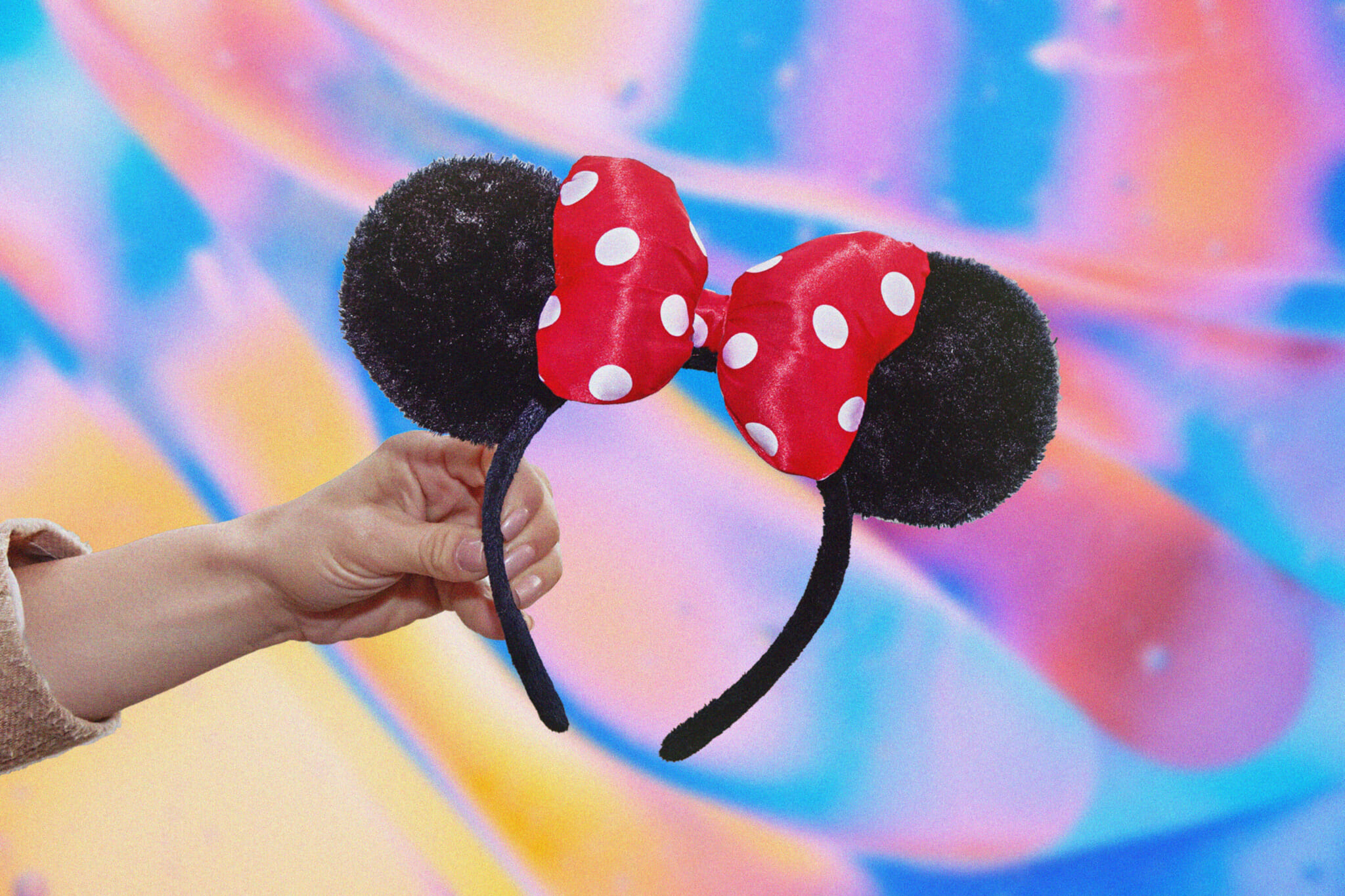When visiting Tokyo Disney Resort, it’s very popular to dress up, decking yourself out in Disney merchandise and accessories to show your enthusiasm. Indeed, it’s part of the theme park experience. So it came as no surprise that with the recent opening of the Fantasy Springs area at Tokyo DisneySea, fans rushed to gift shops to buy items from the new collection, which includes Minnie Mouse ear headbands.
Also on the shelves? Iyaringu (earrings), hatto (hats) and shorudabaggu (shoulder bags). In Japan, you’ve likely encountered multiple katakana words, many of which are loanwords from other languages. As an English speaker, you can usually puzzle out what these words mean, as they’re often just a Japanese pronunciation of an English word.

But instead of heddobando for the Minnie Mouse ear headbands — as might be expected — the headbands are displayed with the word “kachuusha.” The etymology, or linguistic origins and development, of katakana words is a fun and interesting segment of Japanese studies. Like a game of telephone, words are used, borrowed and transformed over time.
And often, their origins become disconnected and forgotten. The Origins of Tokyo Disney’s Minnie Ears “Kachuusha” comes from the Russian “Katyusha,” but interestingly, “Katyusha” doesn’t mean “headband” either; it actually translates to “Little Catherine,” the nickname of a character in Leo Tolstoy’s 1899 novel, Resurrection . This raises a question: How did a Ru.
















